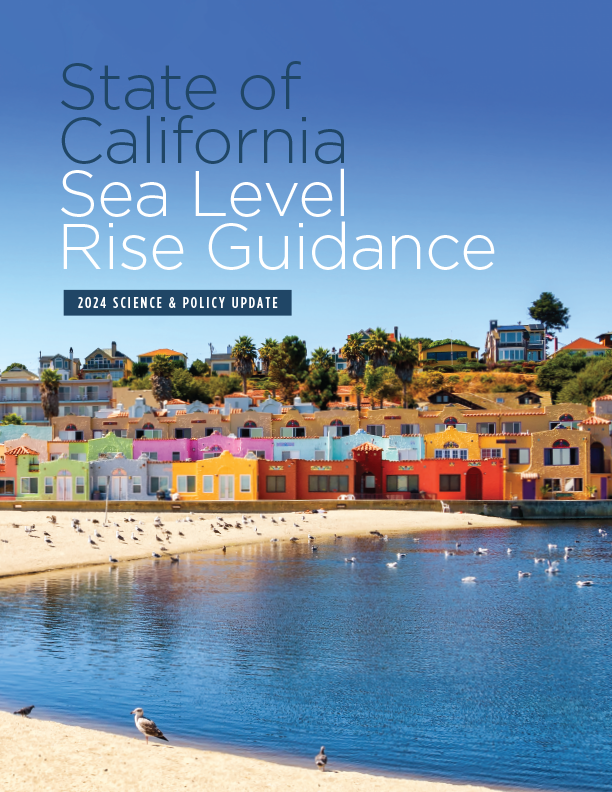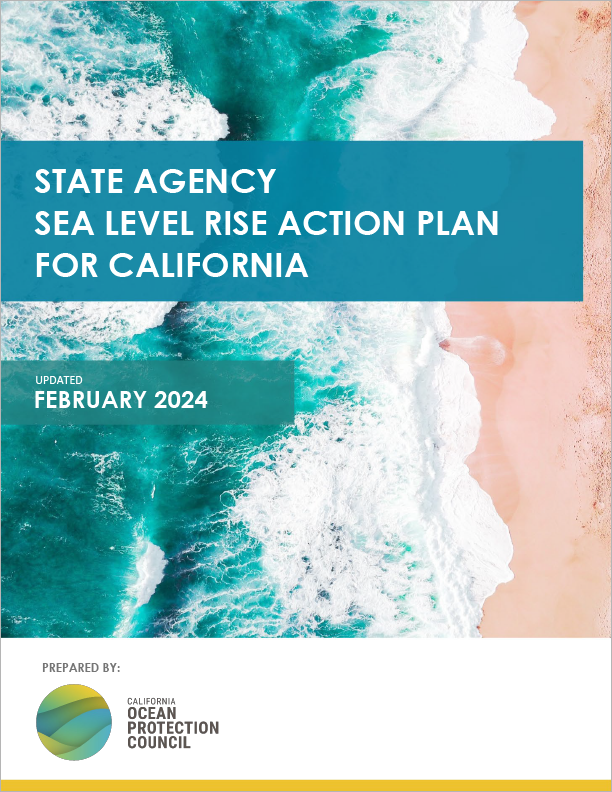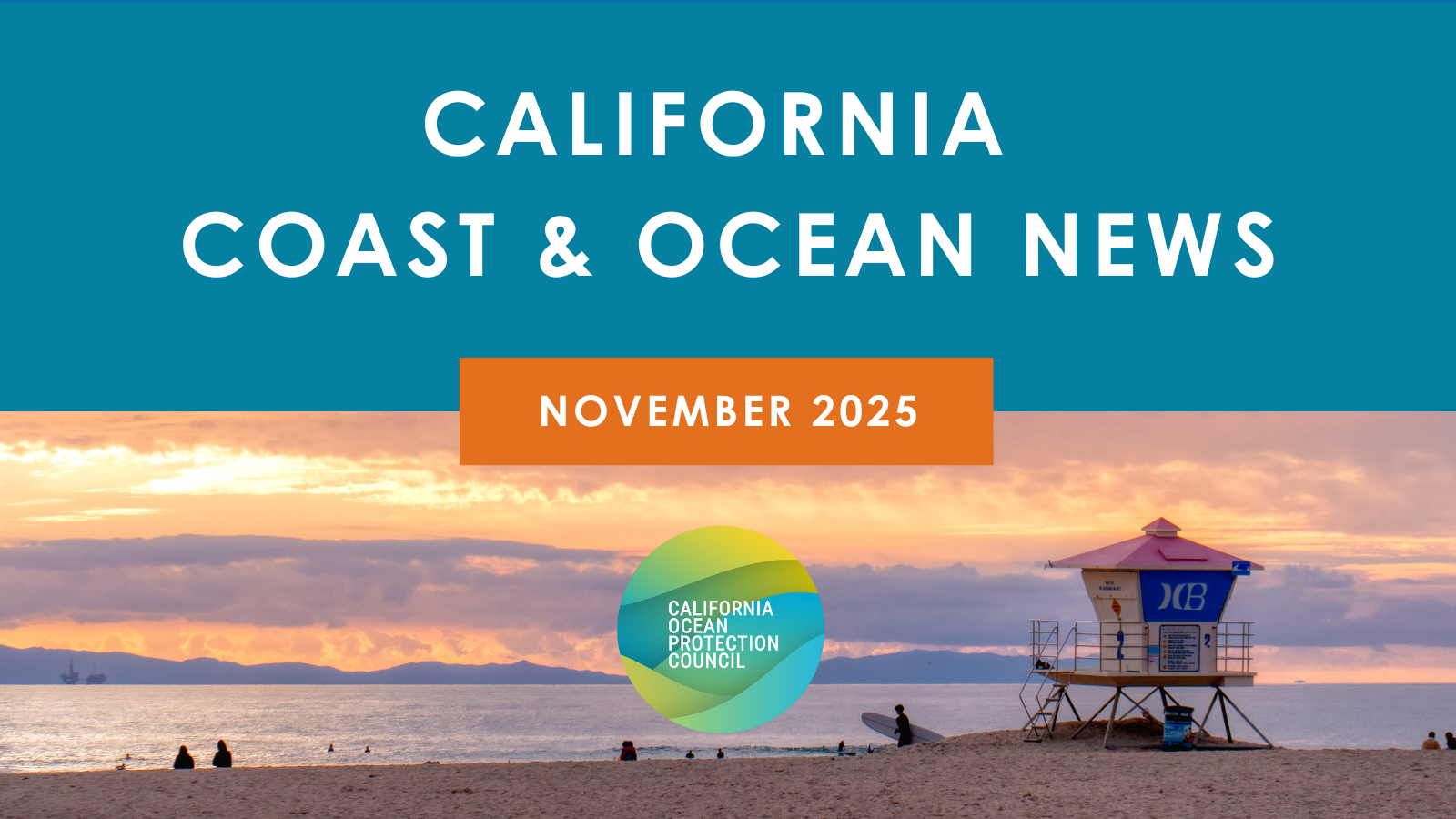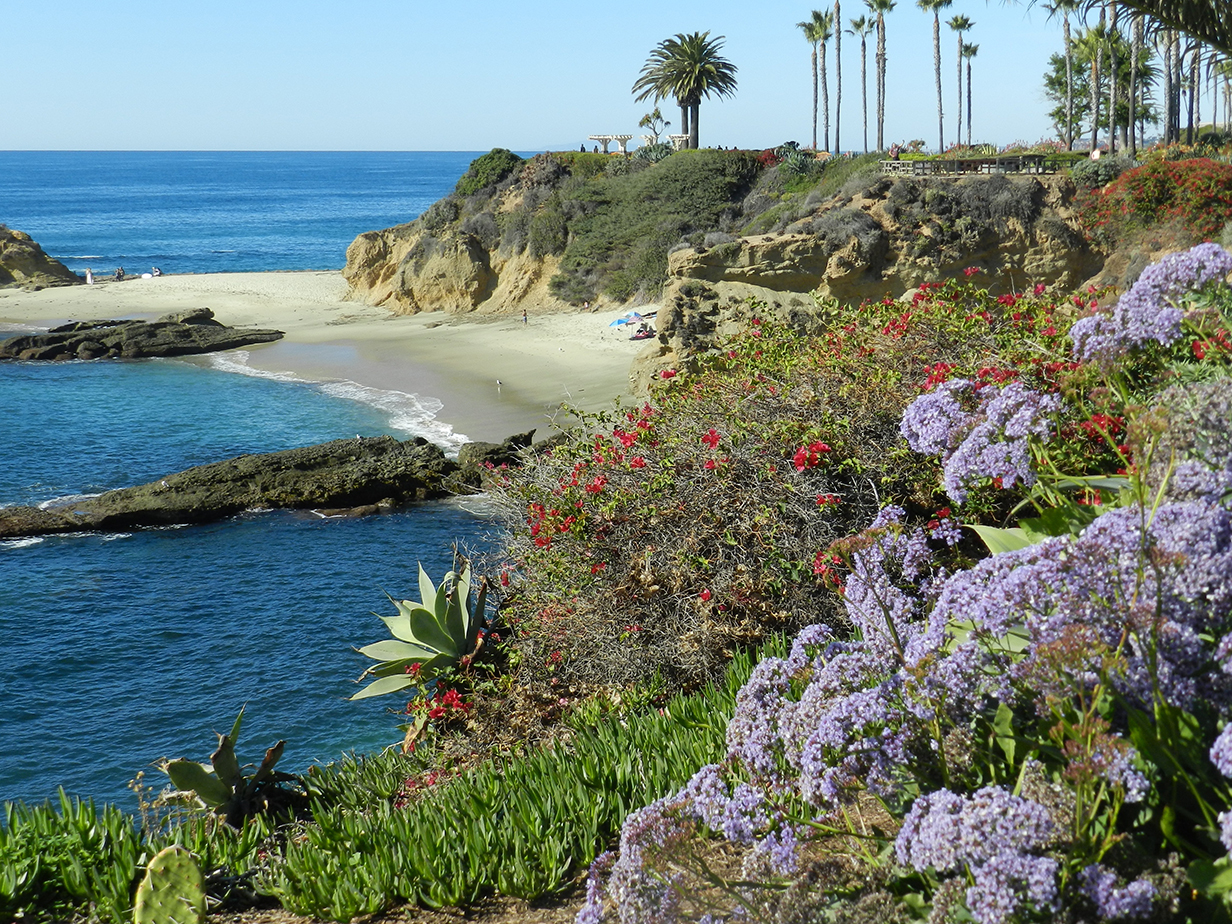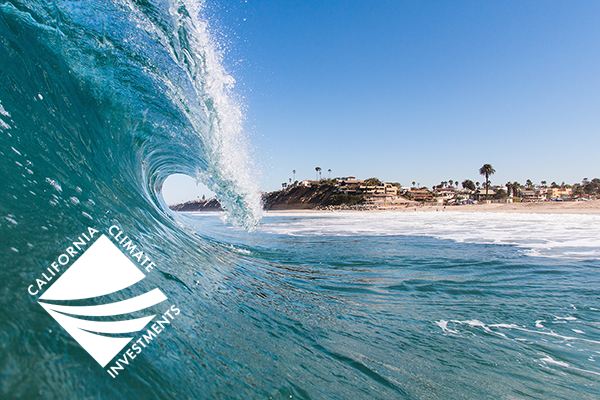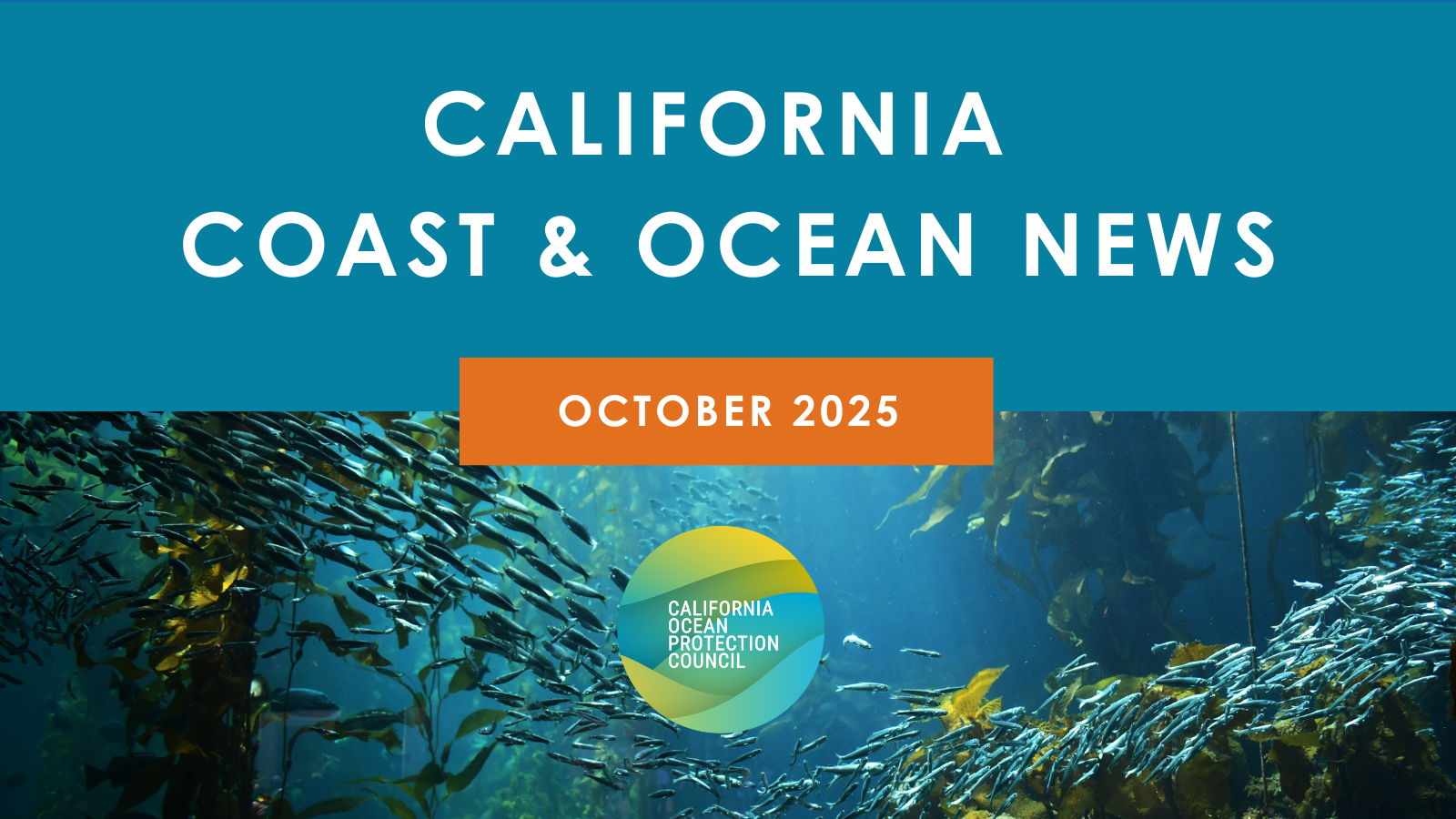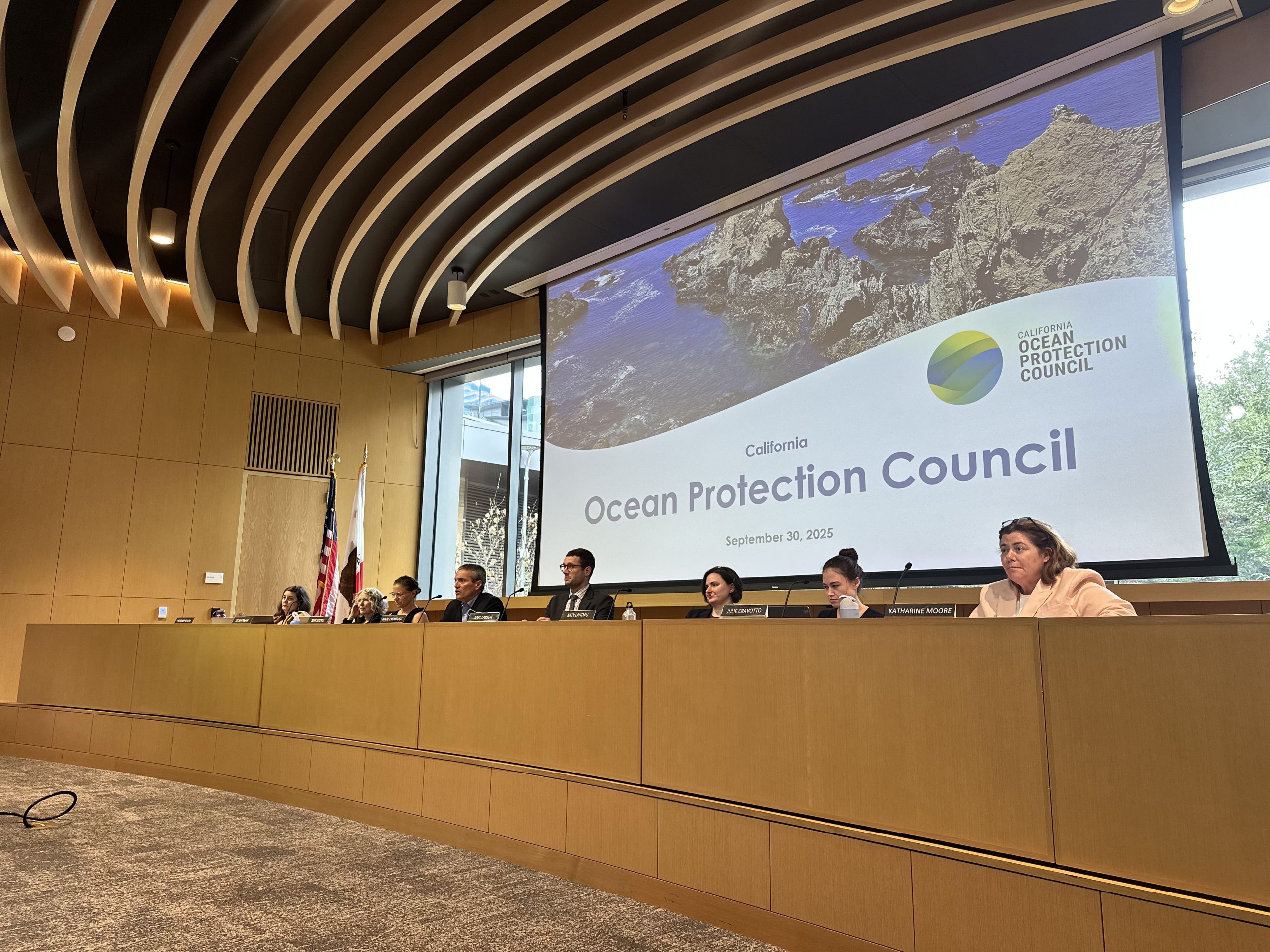Sea Level Rise
Sea level rise, driven by a warming global climate, poses an immediate and significant threat to coastal ecosystems, livelihoods, public access, recreation, and the safety of coastal communities. The urgency of sea level rise calls for a coordinated response and clear guidance to effectively plan and prepare for rising sea levels. OPC’s Sea Level Rise program is dedicated to strengthening coastal resilience across the state with the best available science, effective planning, and adaptation, guided by OPC’s Strategic Plan, Goal 1: Safeguard coastal and marine ecosystems and communities in the face of climate change. This work is also supported by Senate Bill 1 (Atkins, 2022), which creates authority for OPC to fund sea level rise planning and facilitate the California Sea Level Rise State and Regional Support Collaborative, and Senate Bill 272 (Laird, 2023), which requires local jurisdictions to create sea level rise plans.
OPC’s sea level rise program seeks to ensure that California plans for, prepares for, and successfully adapts to the impacts of sea level rise, storms, and coastal flooding.
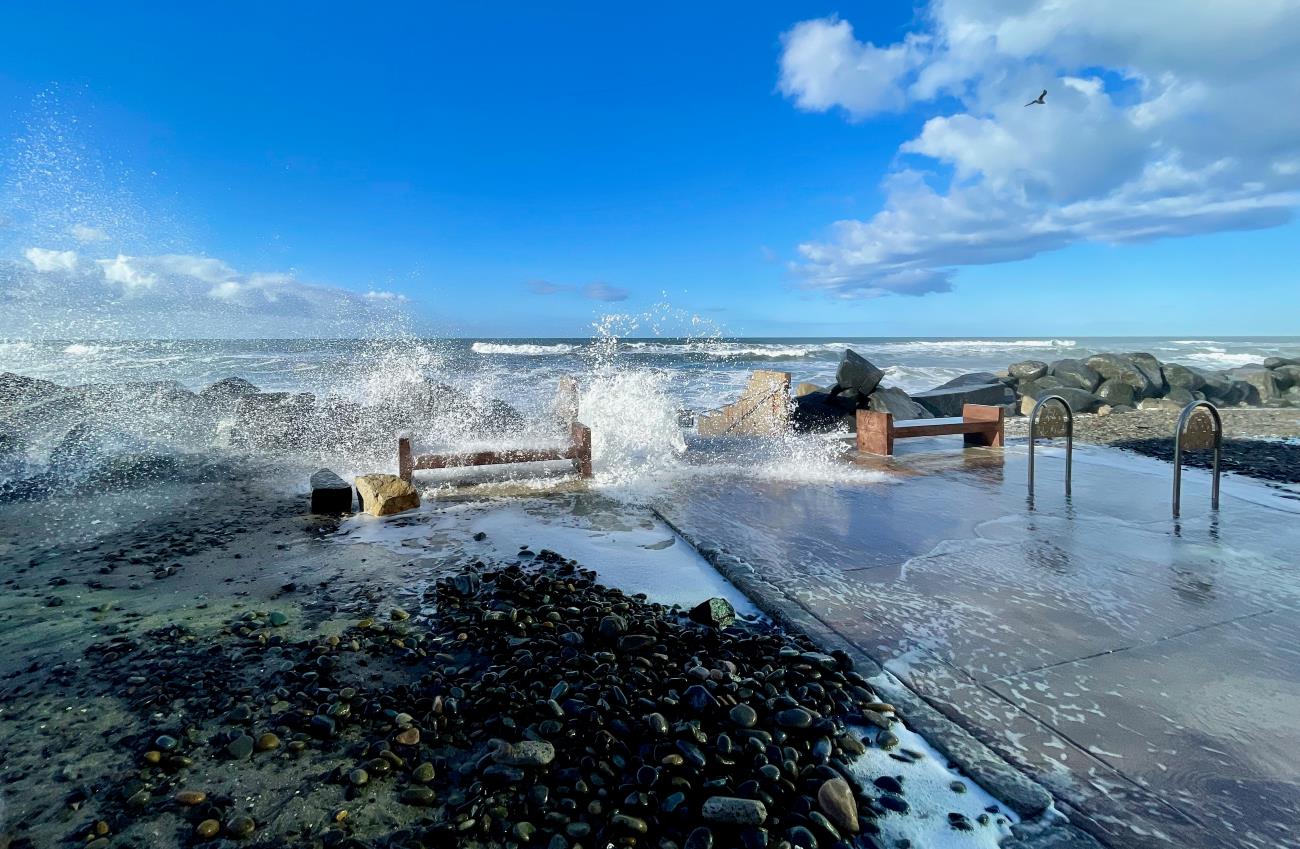
Source: California King Tides Project
Our Work
Informing Statewide Sea Level Rise Policy and Action
The State of California Sea Level Rise Guidance: 2024 Science and Policy Update marks the fourth iteration of statewide guidance for state and local decision-makers to incorporate best available science on sea level rise into planning, design, permitting, investments, and other decisions. The Guidance supports state and local action to assess vulnerability to rising seas and climate-driven flooding and the creation of adaptation plans and projects that build resilience into the future. Learn more about the Guidance.
Coordinating Statewide Sea Level Rise Policy and Action
OPC coordinates California’s statewide sea level rise adaptation policy and coastal resiliency efforts, including facilitating the California Sea Level Rise State and Regional Support Collaborative, which will expand to include local representatives in 2024-2025. OPC led the development of the State Agency Sea Level Rise Action Plan for California in 2022 (updated in 2024), in coordination with this Collaborative, outlining approximately 80 actions to address sea level rise across all seven Sea Level Rise Principles for Aligned State Action. This coordinated approach ensures California is unified and proactive in building resilience against rising seas.
The Action Plan is considered a working document with ongoing tribal consultation and annual updates to reflect the state’s evolving progress in addressing coastal resilience.
Ensuring California’s Beaches Are Resilient to Climate Change
As called out in the OPC Strategic Plan, OPC works to safeguard California’s beaches through the development and implementation of the California Beach Resiliency Plan. Over the next three years, OPC will lead this critical effort to assess the vulnerability of beaches along the outer coast and San Francisco Bay, using the best available science to guide strategic adaptation. A key component of this initiative is supporting a crucial update to the USGS’s Coastal Storm Modeling System (CoSMoS), which will enhance our understanding of coastal dynamics and vulnerabilities. The Plan will also empower local jurisdictions with a framework to prioritize investments in beach resilience and provide key recommendations to inform statewide policy.
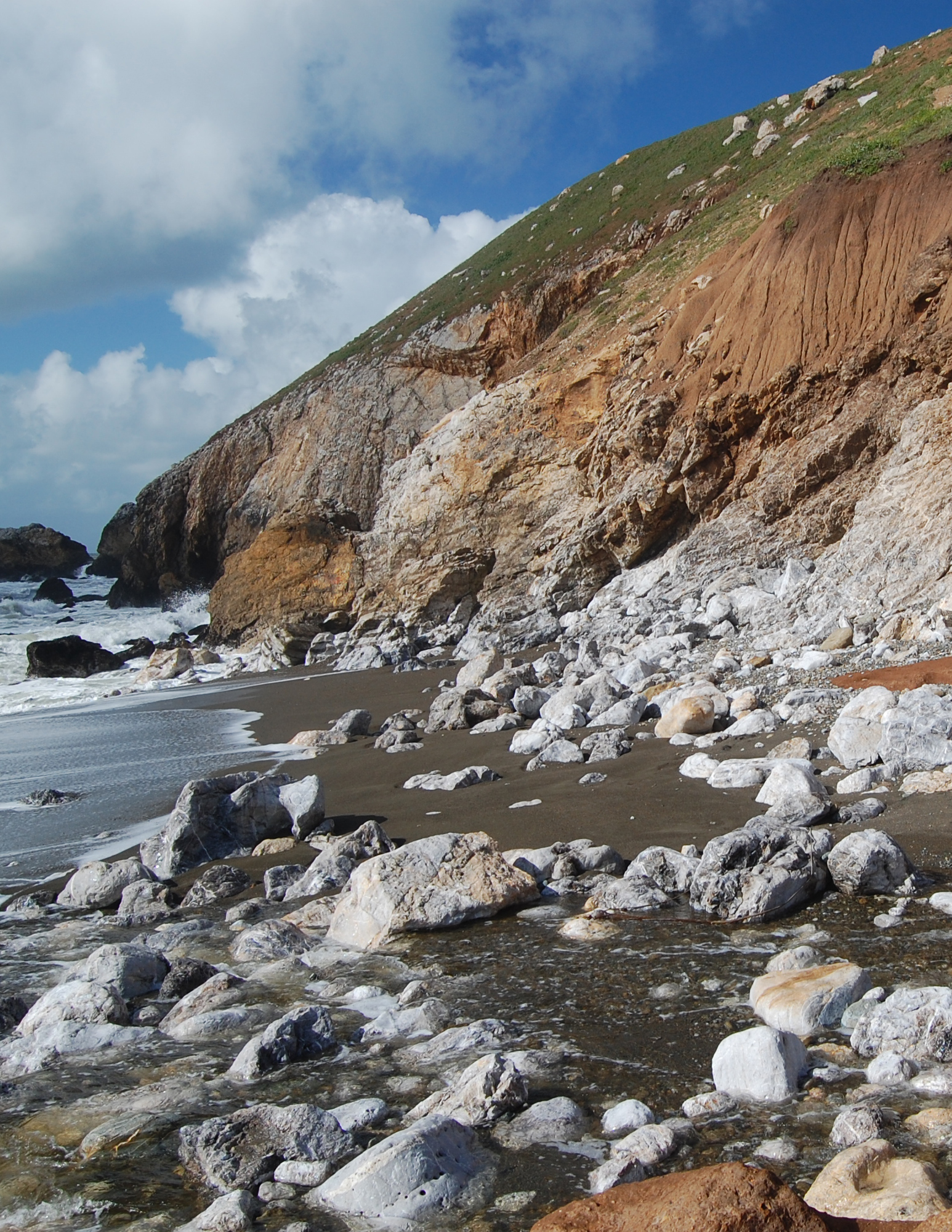
Source: Wikimedia Commons
Addressing Vulnerability of Contaminated Sites to Sea Level Rise
As sea levels rise and groundwater levels increase, the risk of hazardous material release from contaminated sites in California becomes more severe. To tackle this challenge, the OPC is working with the Department of Toxic Substances Control (DTSC) and the State Water Resources Control Board to assess and manage the vulnerability of toxic sites to sea level rise and groundwater flooding. This initiative will update and expand contaminated site data (currently housed in GeoTracker and Envirostor), prioritize high-risk areas, and enhance public transparency through an improved public dashboard. While working closely with DTSC and the Water Boards, the project will also align with ongoing research by UC Santa Cruz, ensuring a comprehensive and coordinated approach across the state.
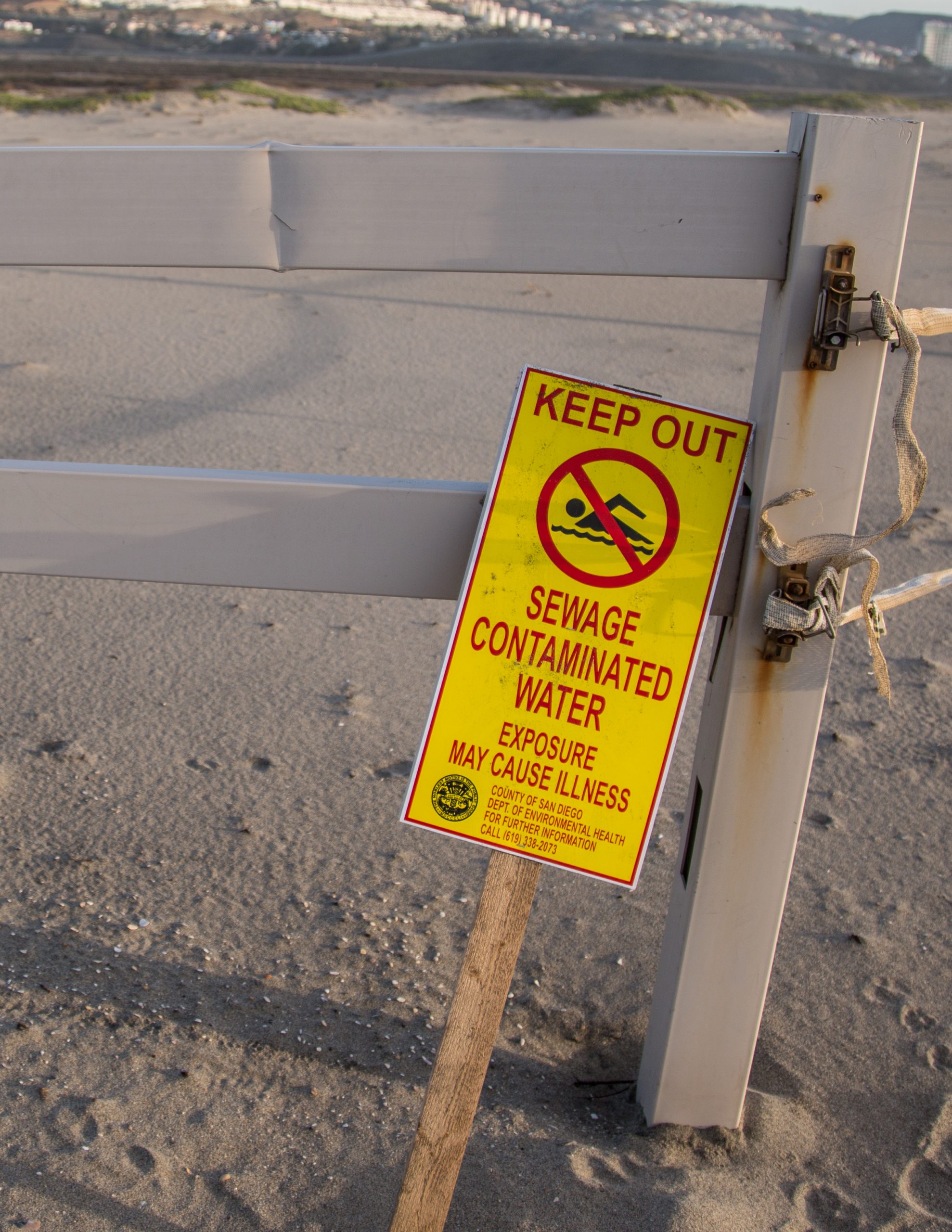
Source: Wikimedia Commons
California Adaptation Planning Inventory and Project
Launched in 2021 with support from Proposition 68 grants from OPC, the California Adaptation Planning Inventory and Project tracks coastal resilience and sea level rise planning efforts throughout California. Led by UC Santa Barbara’s Ocean and Coastal Policy Center, the project features an ArcGIS Online Inventory that highlights the geographic status of sea level rise planning along the state’s coast. The Inventory includes data from 132 local governments on the outer coast and San Francisco Bay, as well as federal lands, Tribal lands, and California State Parks. In addition to the Inventory, the project assessed the status and trends of sea level rise planning to support California’s goal of achieving “actionable sea level rise plans” statewide. While the state has made notable progress, reports released in August 2023 and November 2024 emphasize that significant work remains. View the project website, including the Inventory Story Map and full reports. The Inventory will continue to be updated as resources allow.
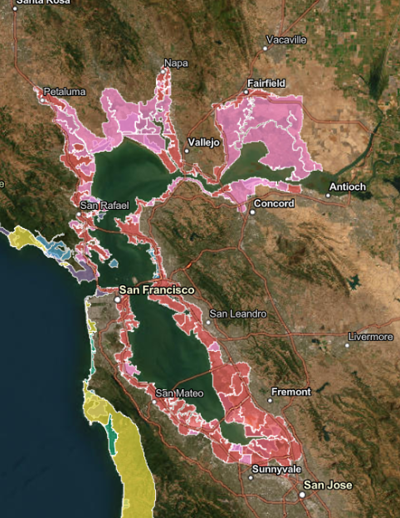
Funding Opportunities
Senate Bill 1 Sea Level Rise Adaptation Planning Grant Program
OPC’s Senate Bill 1 Sea Level Rise Adaptation Planning Grant Program (SB 1 Grant Program) is open to proposals from local, regional, and tribal governments. The overall goal of the SB 1 Grant Program is to provide funding to develop sea level rise adaptation plans and projects to build resilience to sea level rise along the entire coast of California and San Francisco Bay.
Track 1 proposals are accepted on a rolling, quarterly, non-competitive basis.
Check the SB 1 Funding webpage for dates, solicitation and application materials, and resources.
The SB 1 Grant Program is part of California Climate Investments, a statewide initiative that puts billions of Cap-and-Trade dollars to work reducing greenhouse gas emissions, strengthening the economy, and improving public health and the environment — particularly in disadvantaged communities.
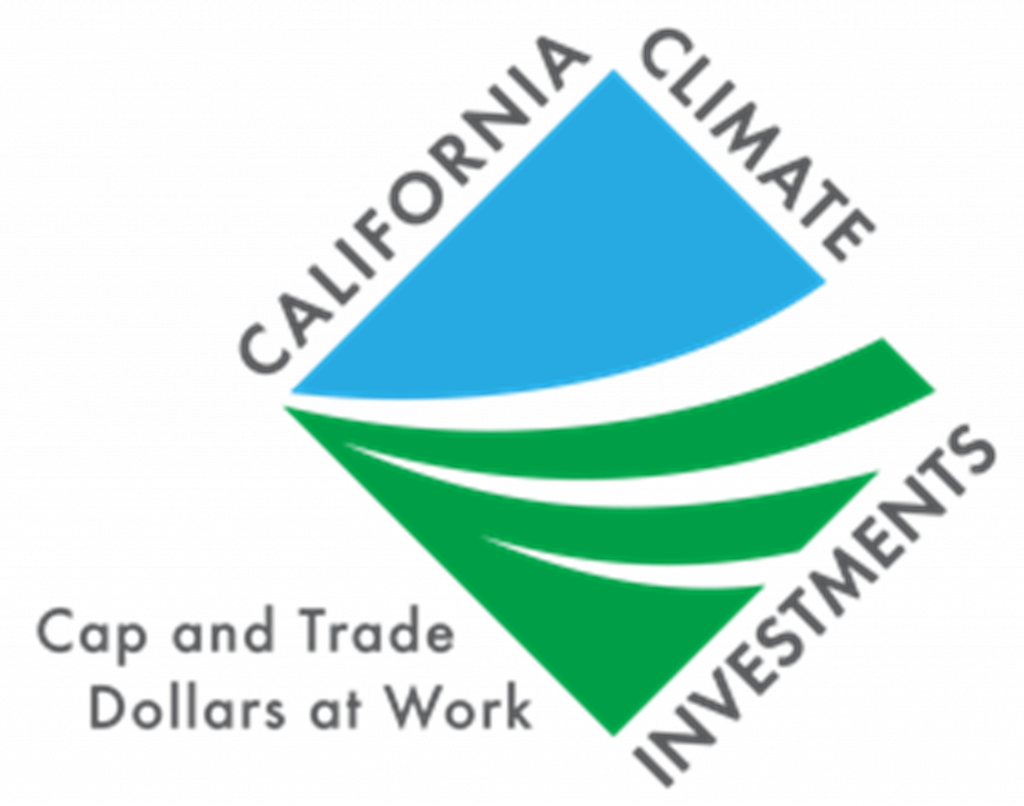
Related Program Updates
Staff Contacts

Justine Kimball
Senior Climate Change Program Manager
Justine.Kimball@resources.ca.gov

Ella McDougall
Climate Change Program Manager
Ella.McDougall@resources.ca.gov

Megan Williams
Coastal Resilience Program Manager
Megan.Williams@resources.ca.gov


